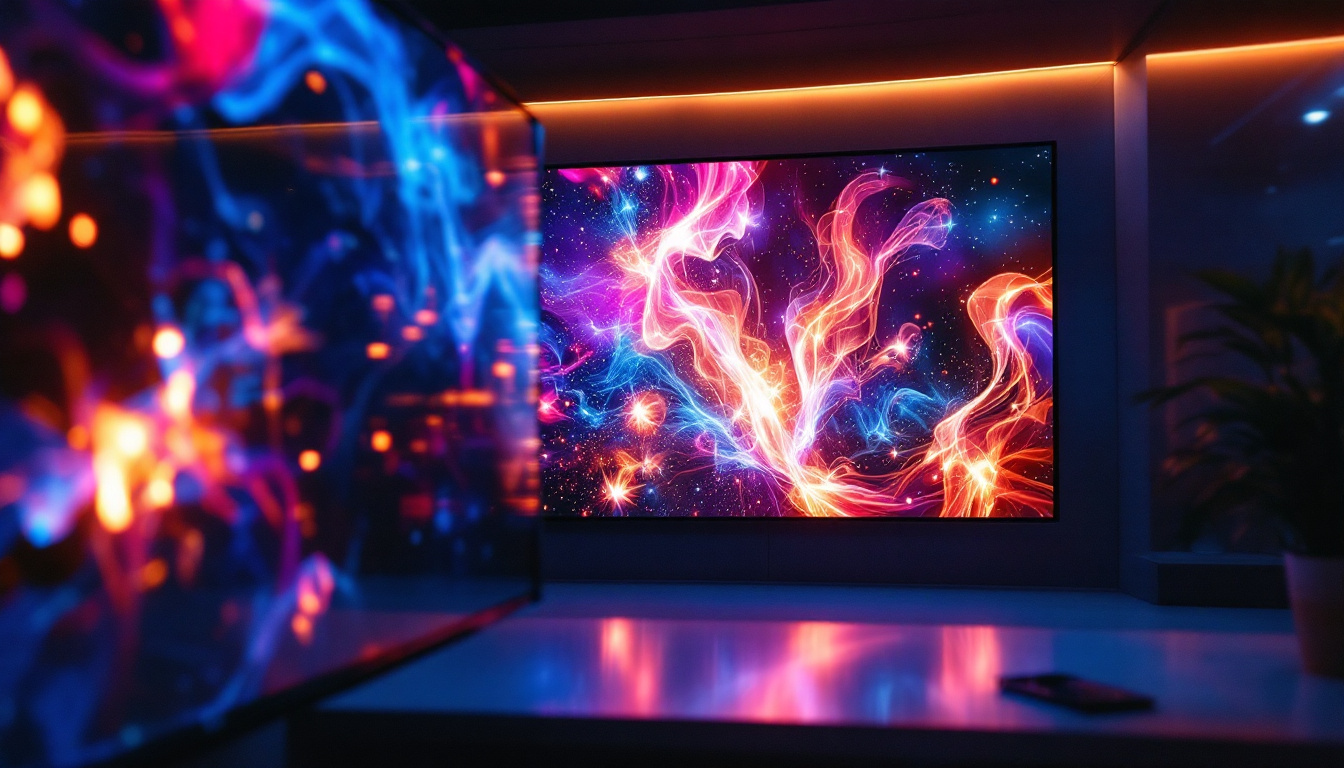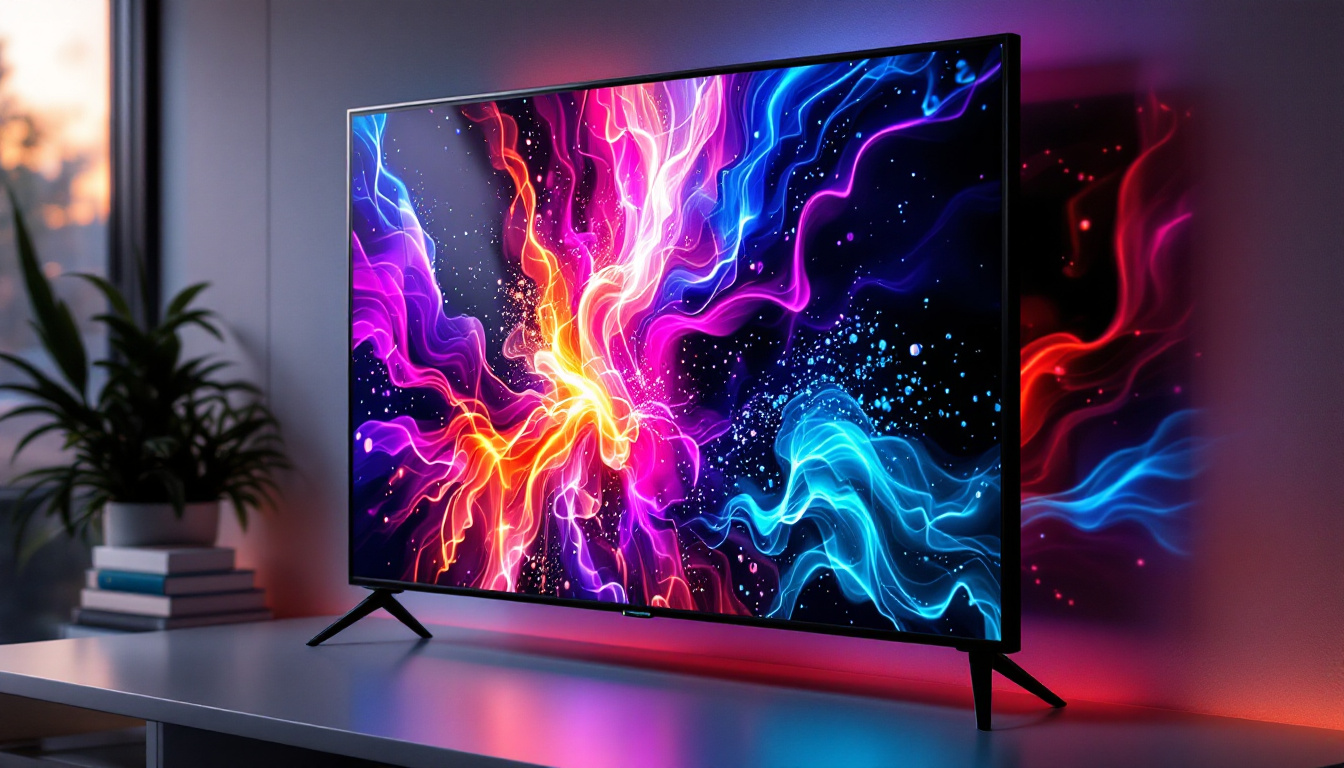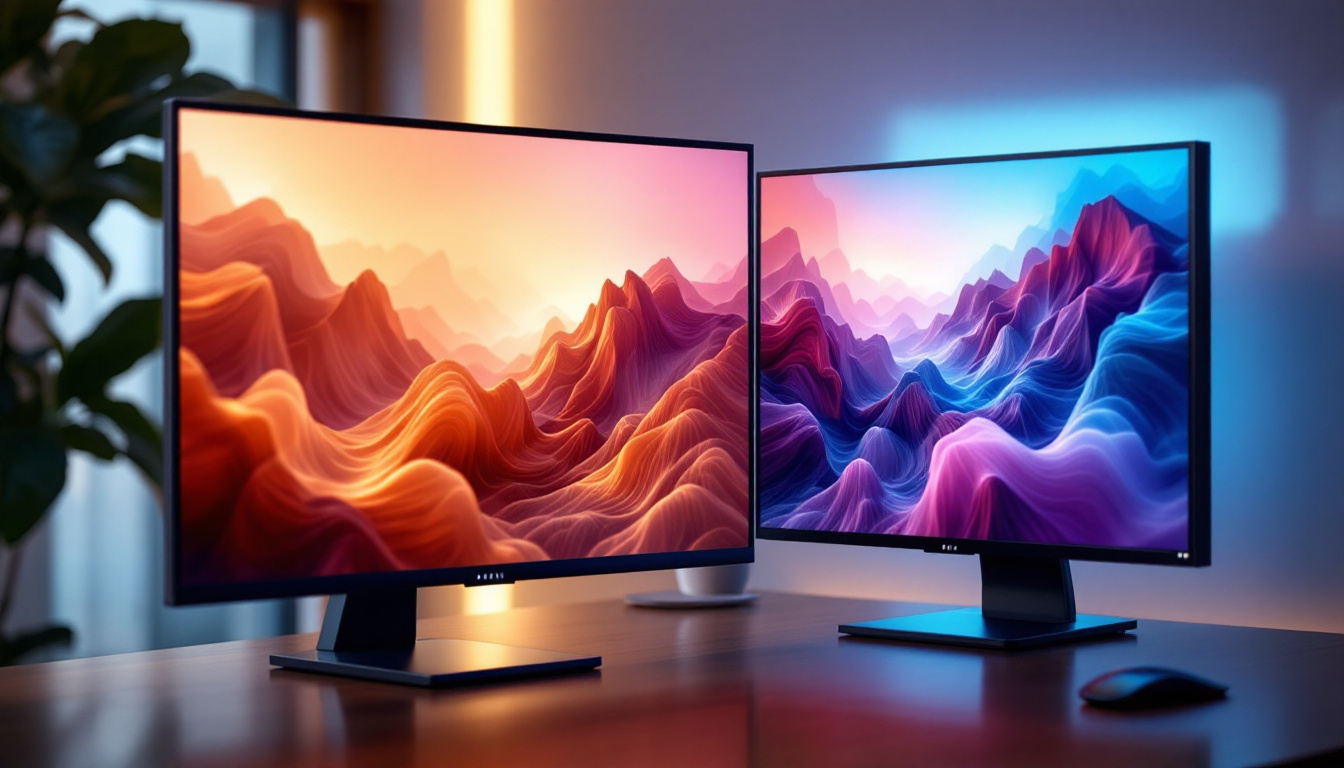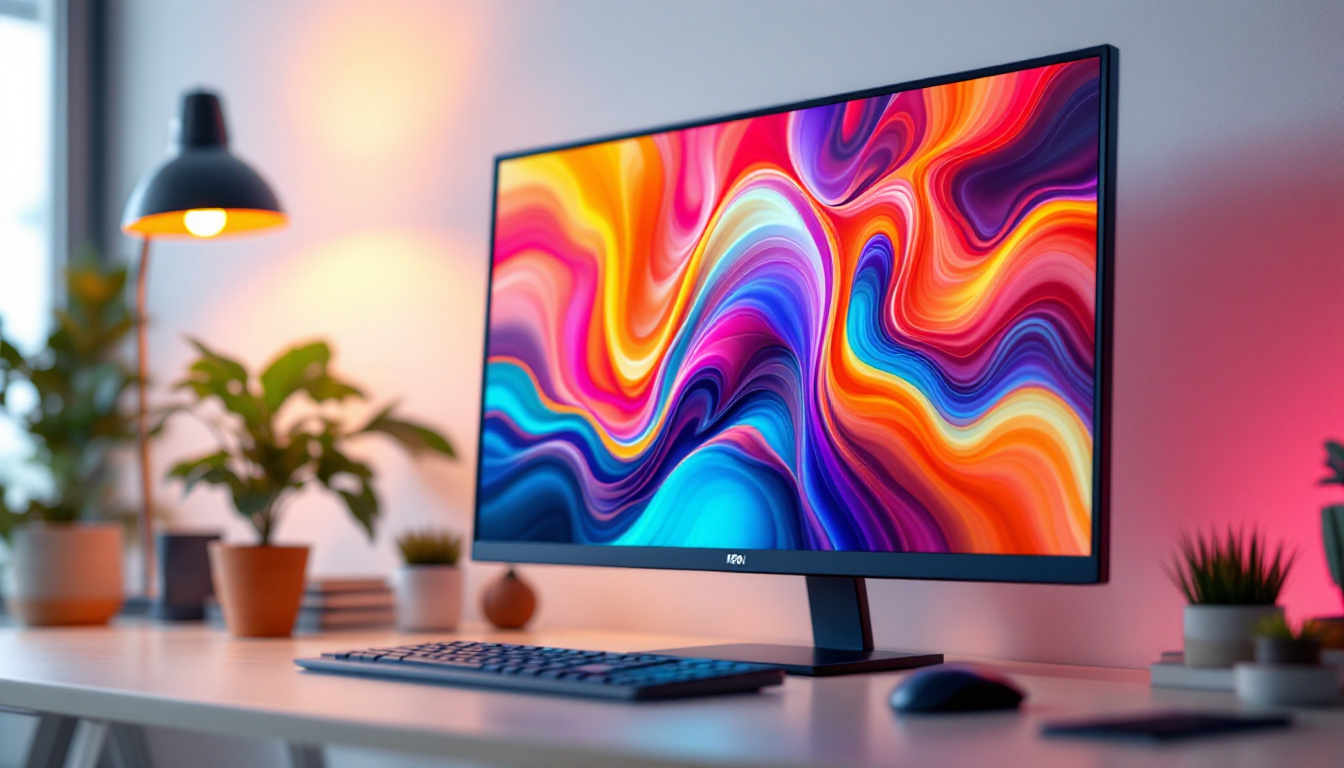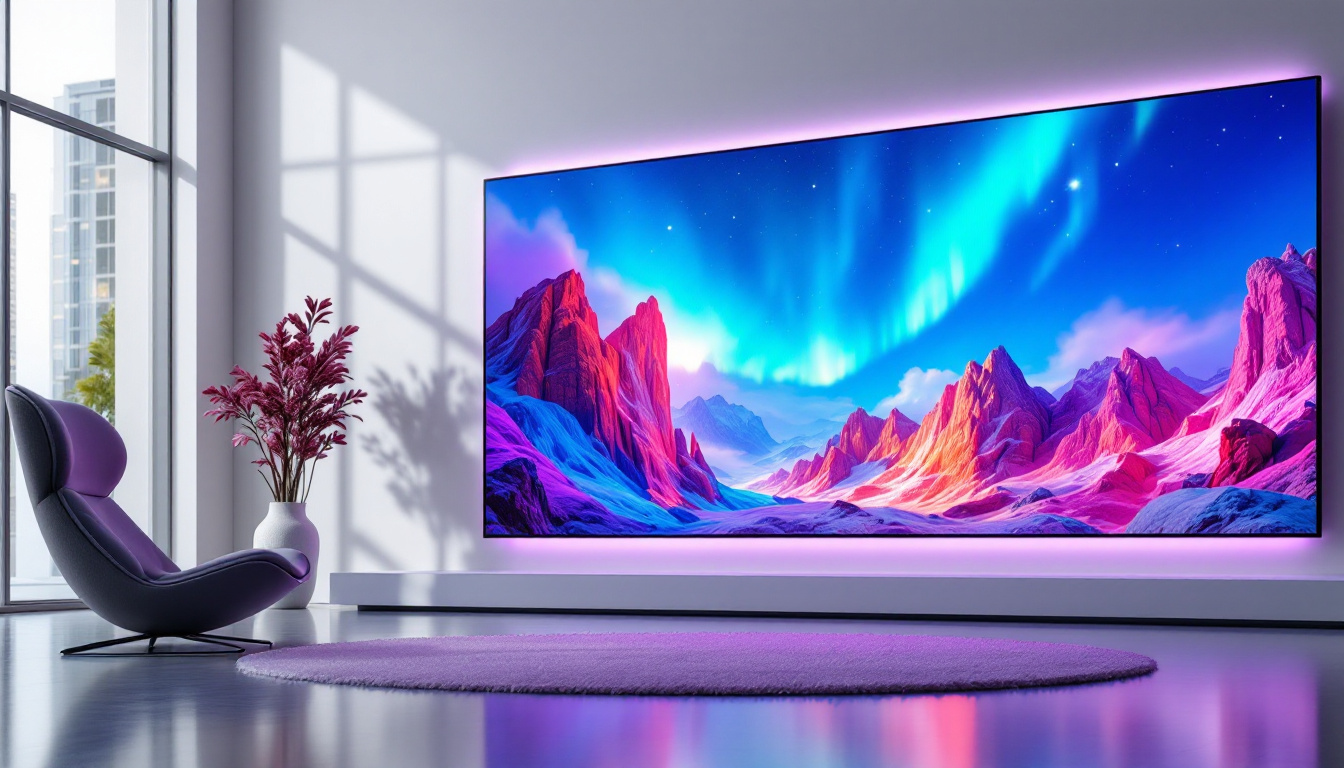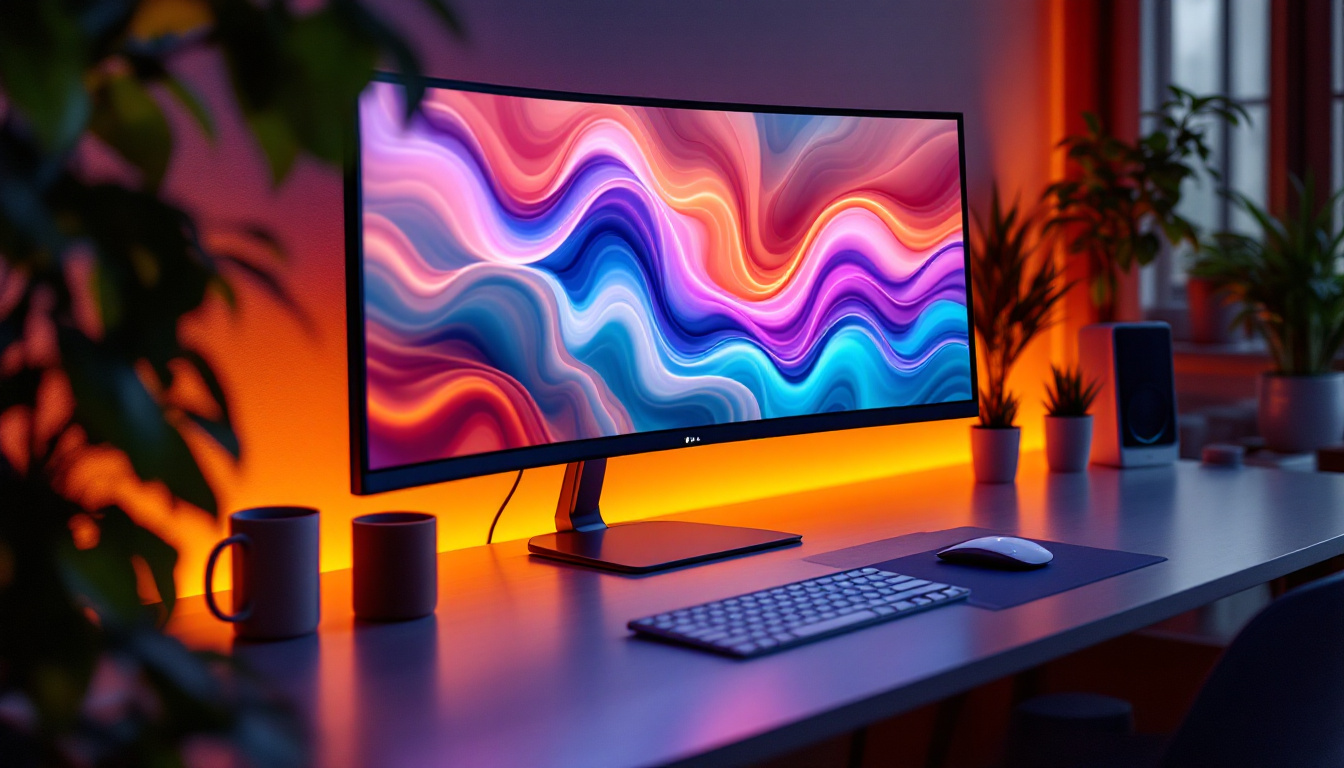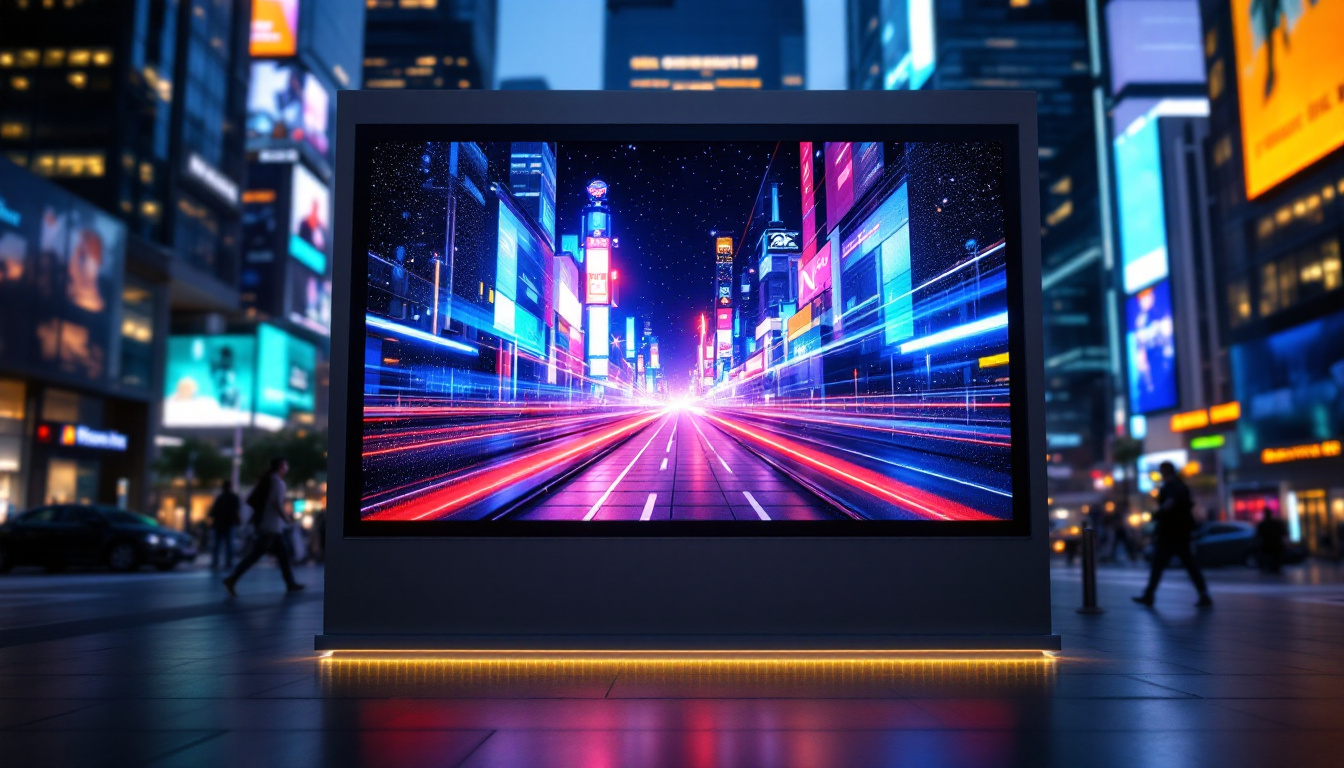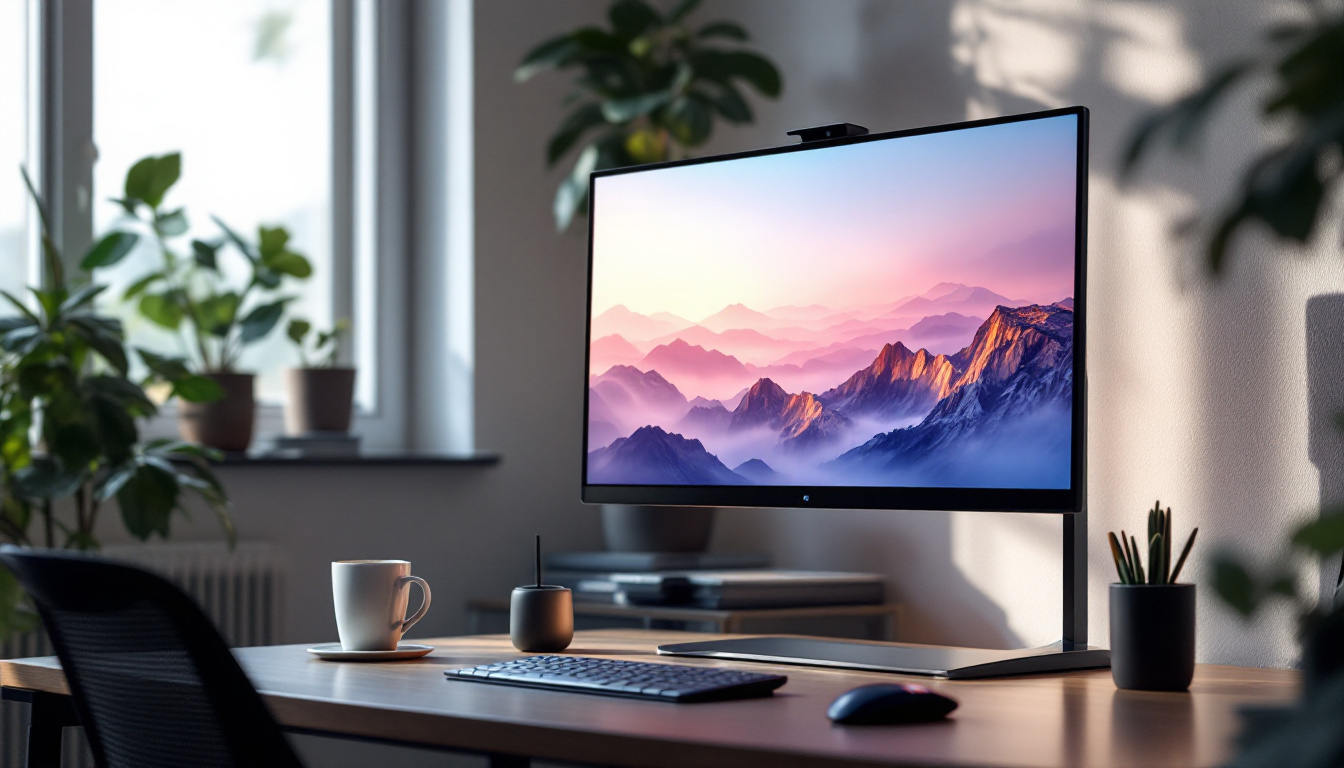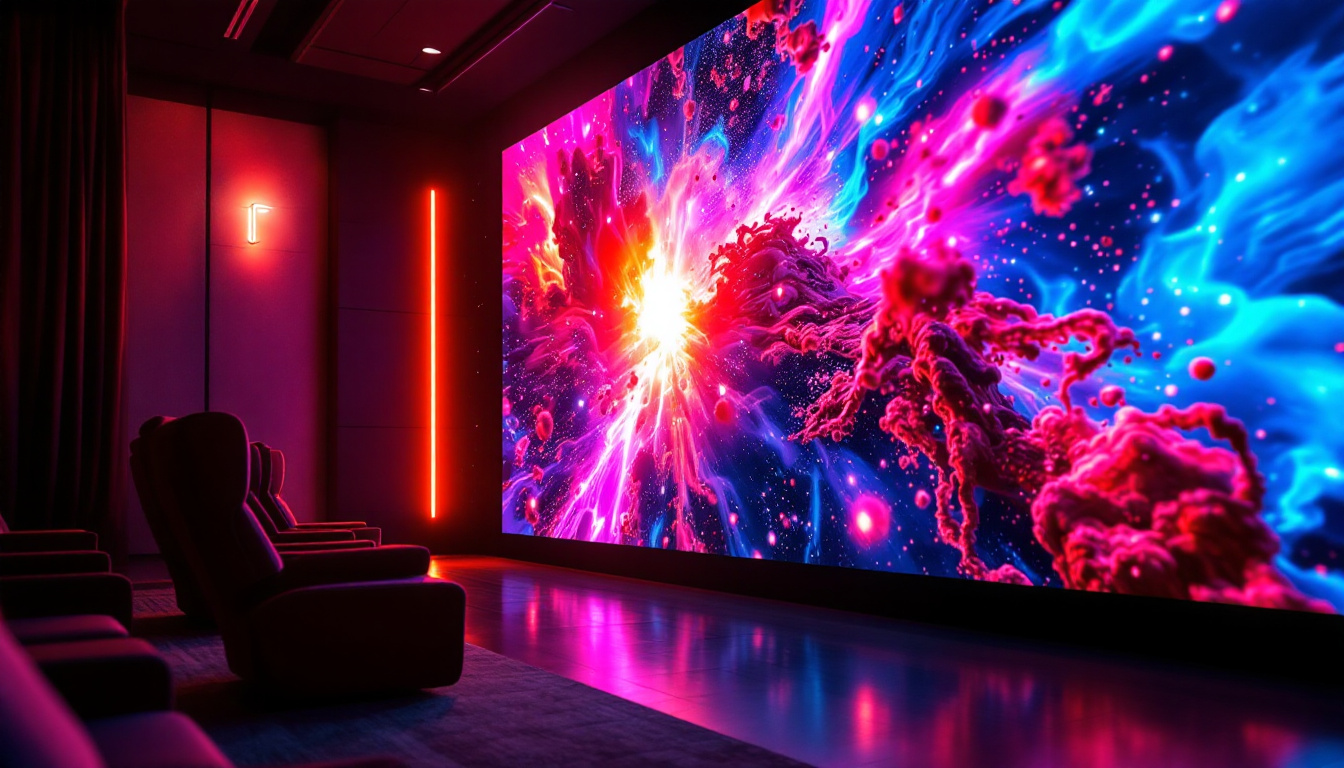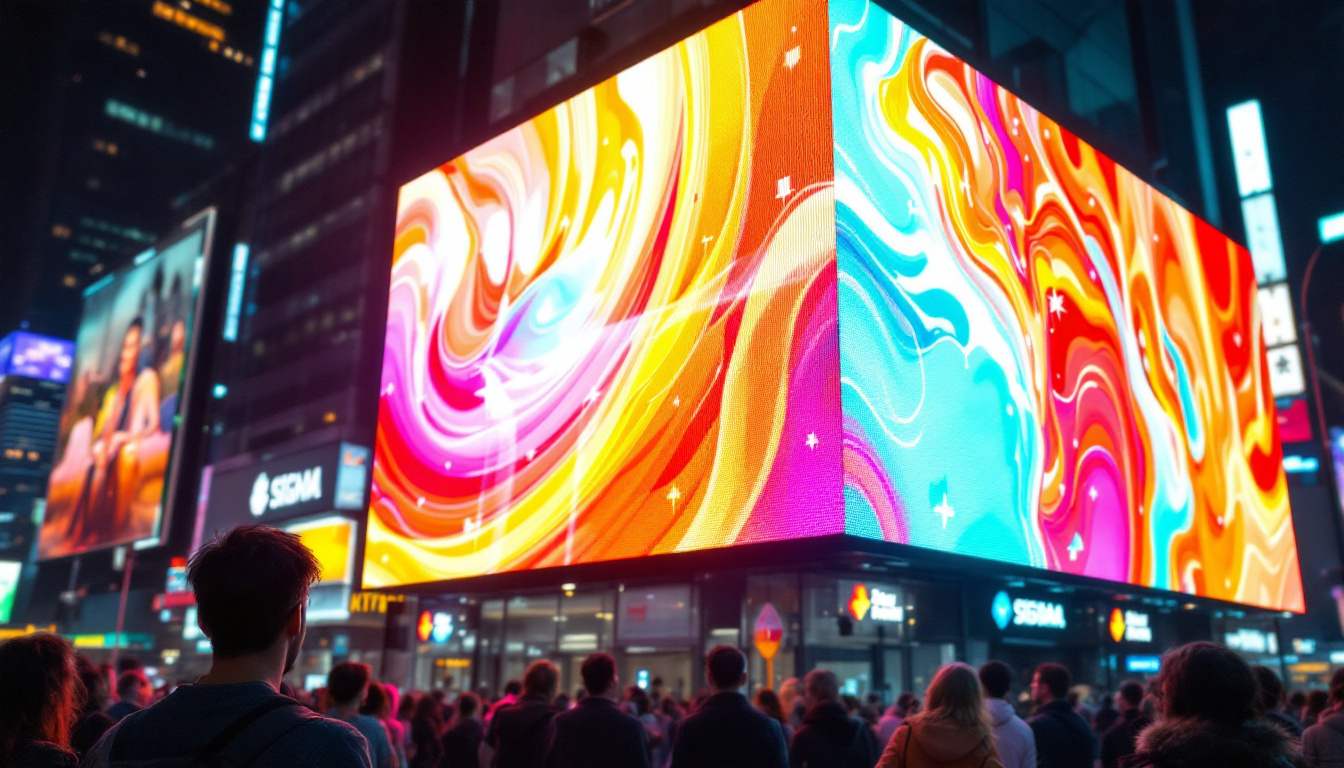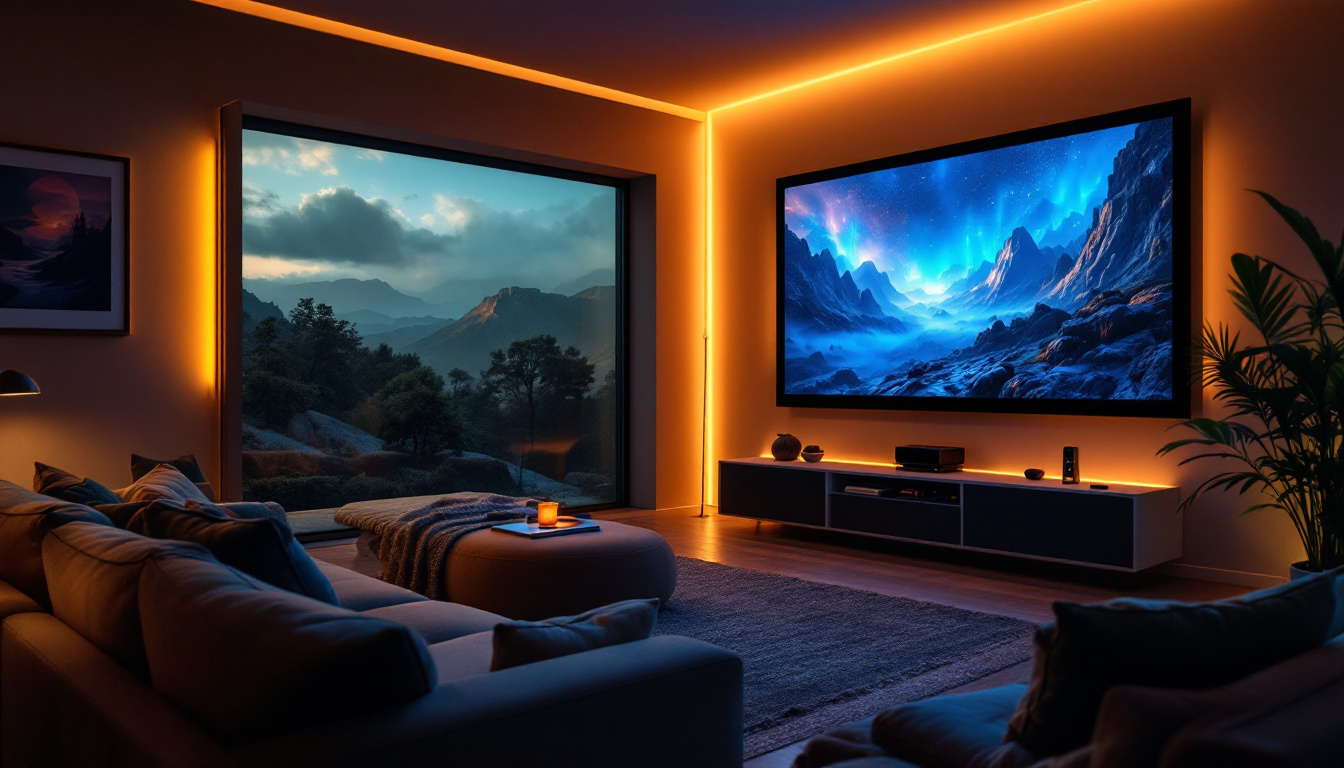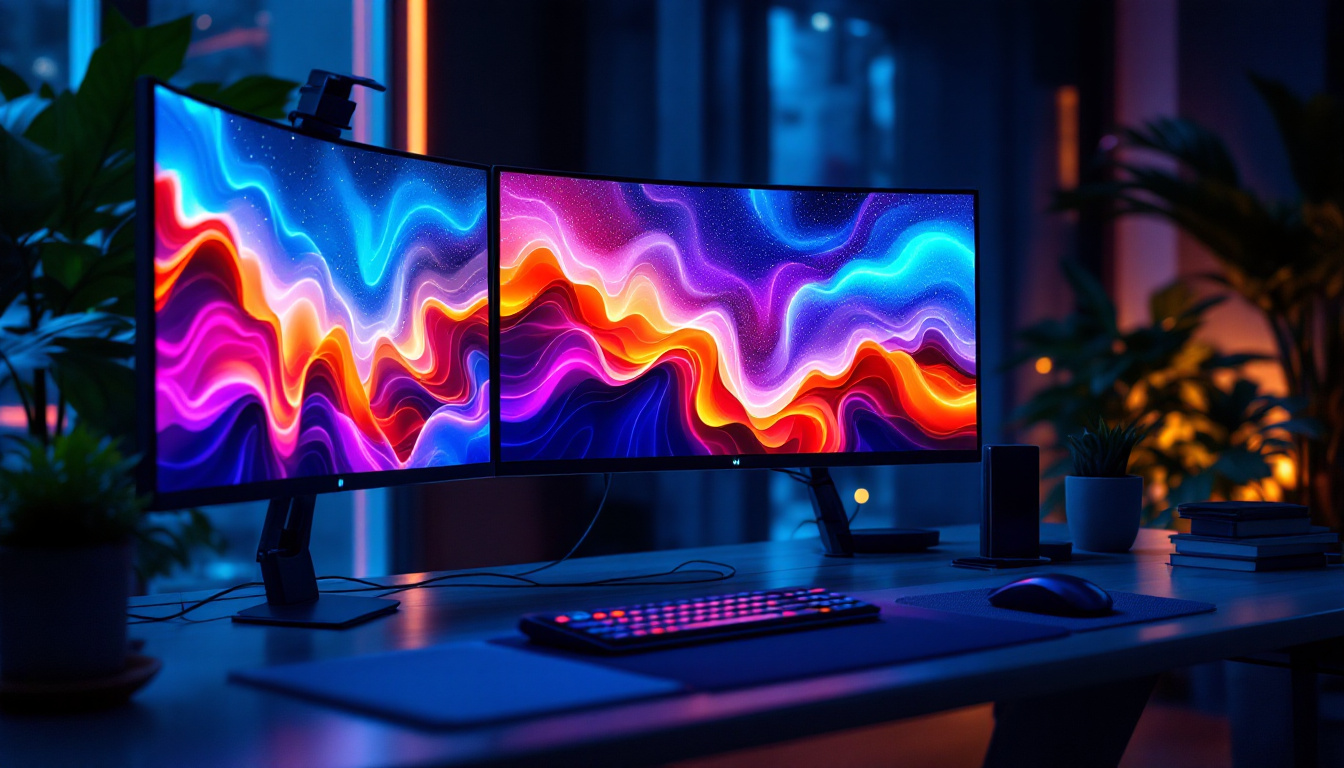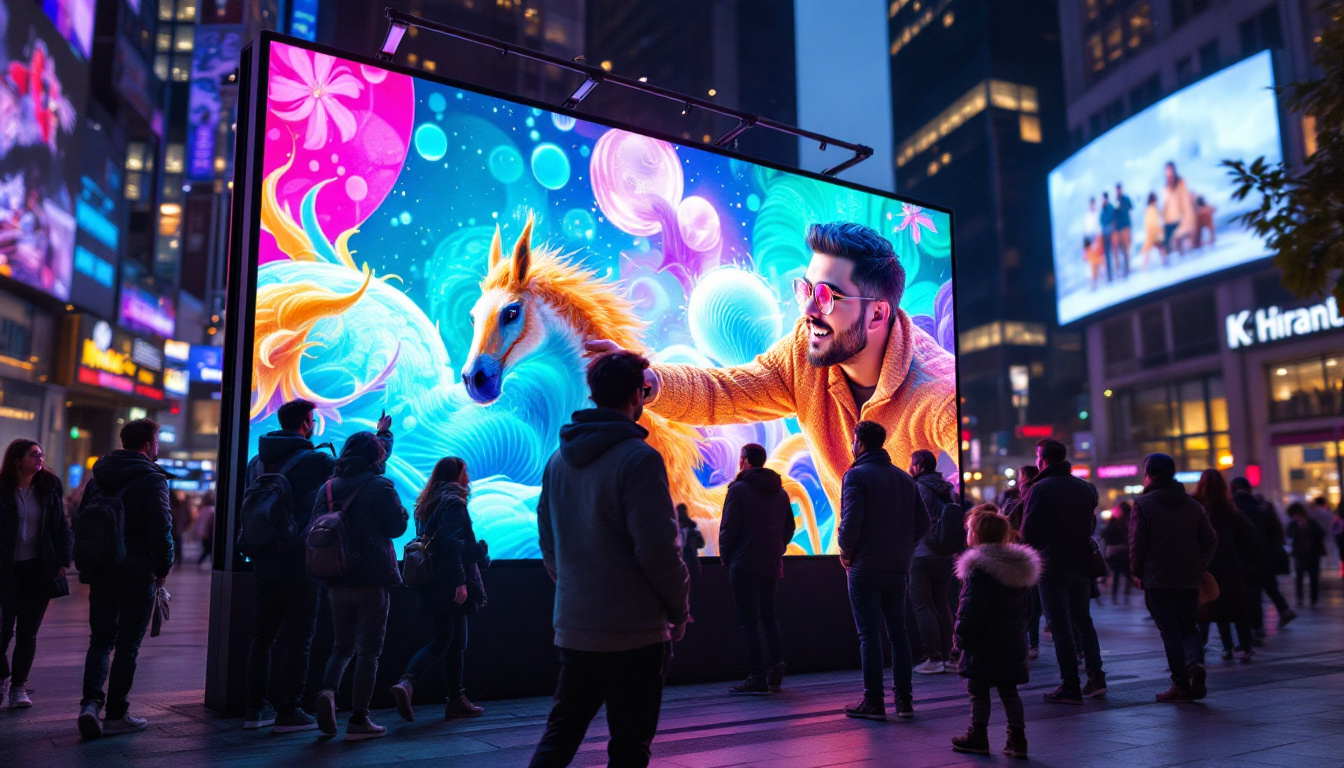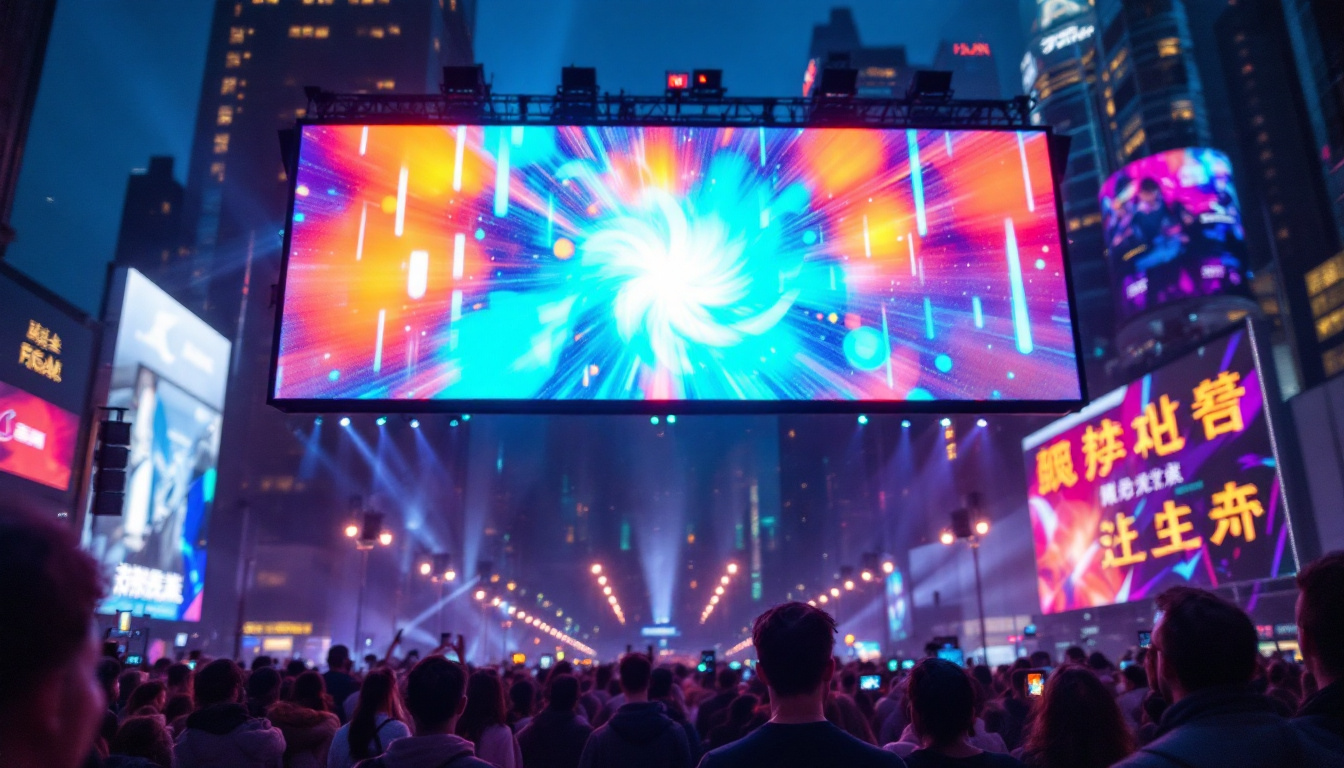In an era where technology seamlessly integrates into our daily lives, touch screen displays have emerged as a pivotal interface for interaction. One of the most innovative developments in this field is the ability to utilize touch screens through glass surfaces. This article delves into the intricacies of touch screen technology, particularly focusing on LED displays, and explores how they function effectively through glass.
Understanding Touch Screen Technology
Touch screen technology has revolutionized the way users interact with devices. Unlike traditional input methods, touch screens allow for direct interaction, enhancing user experience and efficiency. The fundamental principle behind touch screens involves detecting the location of a touch on the display surface, which is then translated into commands.
Types of Touch Screen Technologies
There are primarily four types of touch screen technologies: resistive, capacitive, infrared, and optical. Each type has its own unique characteristics and applications.
Resistive touch screens consist of two flexible layers separated by a small gap. When pressure is applied, the layers touch, registering the location of the touch. This type is cost-effective and works well with gloves or styluses, making it suitable for various environments. They are commonly found in industrial settings, medical devices, and point-of-sale systems where durability and versatility are essential.
Capacitive touch screens, on the other hand, utilize the electrical properties of the human body. They are more sensitive and provide a clearer display, but they require direct skin contact, which limits their use with gloves. These screens are prevalent in smartphones and tablets, where the sleek design and responsive interface enhance user engagement. Furthermore, advancements in capacitive technology have led to multi-touch capabilities, allowing users to perform complex gestures, such as pinch-to-zoom, which has transformed how we interact with digital content.
Infrared and optical touch screens use light sensors to detect touch, offering high durability and clarity. Infrared touch screens are often used in large displays, such as interactive kiosks and digital signage, where multiple users can interact simultaneously without any physical contact with the screen. Optical touch screens, utilizing cameras and light sources, are gaining popularity in applications requiring high precision and robustness, such as in gaming and specialized industrial equipment.
How Touch Screens Work
Touch screens operate through a combination of hardware and software components. The hardware includes the display panel, touch sensors, and a controller that processes touch inputs. When a user touches the screen, the sensors detect the location and send this information to the controller, which then interprets the input and executes the corresponding action. This seamless interaction is made possible by the rapid processing capabilities of modern microcontrollers, which can handle multiple simultaneous touch points with remarkable accuracy.
Software plays a crucial role in translating touch inputs into commands. Operating systems and applications are designed to recognize touch gestures, such as taps, swipes, and pinches, allowing for a fluid user experience. Additionally, developers are continuously innovating touch interface design to incorporate haptic feedback, which provides users with tactile responses to their actions, further enhancing the immersive experience. As technology evolves, we are likely to see even more sophisticated touch interactions that integrate artificial intelligence, enabling devices to learn user preferences and adapt to individual behaviors for an even more personalized experience.
LED Displays: A Brief Overview
Light Emitting Diode (LED) displays have gained prominence due to their energy efficiency, brightness, and longevity. Unlike traditional LCD screens, which rely on backlighting, LED displays emit light directly from the diodes, resulting in vibrant colors and deeper blacks. This direct emission of light not only improves the overall picture quality but also allows for thinner and lighter display designs, making them increasingly popular in modern electronics.
Advantages of LED Displays
One of the primary advantages of LED displays is their energy efficiency. They consume significantly less power compared to older technologies, making them a sustainable choice for both consumers and businesses. Additionally, LED displays offer superior brightness, which enhances visibility in various lighting conditions. This feature is particularly beneficial for outdoor applications, where sunlight can wash out the visibility of traditional screens, making LED the go-to option for billboards and public displays.
Another notable benefit is their lifespan. LED technology can last for tens of thousands of hours, reducing the need for frequent replacements and maintenance. This durability makes LED displays an ideal choice for applications ranging from consumer electronics to large-scale advertising screens. Furthermore, the reduced heat output of LED displays contributes to their longevity, as less heat means less stress on the components, ultimately leading to a more reliable performance over time.
Applications of LED Displays
LED displays are utilized in a myriad of applications, including televisions, smartphones, digital signage, and automotive displays. Their versatility allows them to be adapted for various environments, whether indoors or outdoors. In retail settings, for instance, LED displays serve as dynamic advertising tools, capturing consumer attention with bright visuals. These displays can also be programmed to change content in real-time, allowing businesses to tailor their messages based on time of day, customer demographics, or current promotions, thus maximizing engagement.
Moreover, the advent of flexible LED displays has opened new avenues for creative applications, enabling curved screens and innovative designs that enhance aesthetic appeal and functionality. This flexibility is not only limited to form factor but also includes the ability to create interactive displays that respond to touch or movement, further enriching user experience. As technology continues to evolve, the integration of LED displays with smart technologies, such as IoT connectivity, is paving the way for even more advanced applications, including smart homes and interactive public installations that engage and inform audiences in real-time.
Touch Screen Through Glass: The Technology Behind It
The integration of touch screen technology with glass surfaces presents unique challenges and opportunities. The ability to interact with a screen through glass not only enhances aesthetics but also provides protection for the display beneath.
How Touch Sensors Work Through Glass
Touch sensors designed for use through glass must be highly sensitive to detect touch accurately. This is achieved through advanced capacitive sensing technology, which can register touch even when separated by a layer of glass. The glass acts as a protective barrier while still allowing for precise touch detection.
In capacitive touch screens, the glass surface is coated with a transparent conductive material. When a finger approaches the surface, it disturbs the electrostatic field, allowing the sensor to detect the touch location. This technology enables manufacturers to create sleek and modern designs without compromising functionality.
Challenges of Touch Screens Through Glass
While the benefits are significant, there are also challenges associated with touch screens through glass. One of the primary concerns is the thickness of the glass. Thicker glass can impede the sensitivity of the touch sensors, leading to a less responsive user experience.
Additionally, reflections and glare from the glass surface can affect visibility, particularly in bright environments. Manufacturers must carefully consider the glass type and coating to minimize these issues while maintaining touch sensitivity.
Applications of Touch Screen Through Glass Technology
The applications of touch screen technology through glass are vast and varied, spanning multiple industries. From retail to healthcare, the ability to use touch screens through glass surfaces is transforming how businesses operate and engage with customers.
Retail and Advertising
In retail environments, touch screens through glass are increasingly used for interactive displays and kiosks. Shoppers can browse products, access information, and make purchases without direct contact, enhancing the shopping experience while maintaining hygiene.
Digital signage also benefits from this technology, allowing businesses to create eye-catching advertisements that engage consumers. The combination of vibrant LED displays and touch interactivity creates a compelling marketing tool that captures attention and drives sales.
Healthcare and Medical Devices
In the healthcare sector, touch screens through glass are being integrated into medical devices and patient information systems. These systems allow healthcare professionals to access patient data quickly and efficiently, improving workflow and patient care.
Moreover, the use of touch screens in medical environments reduces the risk of cross-contamination, as users can interact with devices without physical contact. This is particularly important in settings where hygiene is paramount.
Future Trends in Touch Screen Through Glass Technology
The future of touch screen technology through glass is promising, with ongoing advancements poised to enhance functionality and user experience further. Innovations in materials, sensor technology, and design are expected to shape the next generation of touch screens.
Advancements in Sensor Technology
As technology evolves, so do the sensors used in touch screens. Future developments may include more sensitive sensors that can detect touch through thicker glass or even multiple layers of glass. This would open up new possibilities for design and application, allowing for more complex and interactive displays.
Additionally, advancements in haptic feedback technology could provide users with tactile sensations when interacting with touch screens through glass, enhancing the overall experience and making it feel more intuitive.
Integration with Augmented Reality
Another exciting trend is the integration of touch screens with augmented reality (AR) technology. This combination could lead to immersive experiences where users interact with digital content overlaid on the physical world through glass surfaces.
Such applications could revolutionize industries like education, training, and entertainment, providing users with interactive and engaging experiences that blend the digital and physical realms seamlessly.
Conclusion
Touch screen technology through glass represents a significant advancement in user interaction, combining the benefits of touch screens with the protective and aesthetic qualities of glass. As LED displays continue to evolve, the potential applications of this technology will expand, transforming industries and enhancing user experiences.
From retail to healthcare, the integration of touch screens through glass is paving the way for innovative solutions that meet the demands of modern consumers. As advancements in sensor technology and design continue to emerge, the future of touch screen technology through glass looks bright, promising even more interactive and engaging experiences for users worldwide.
Discover the Future of Visual Engagement with LumenMatrix
Ready to elevate your brand’s presence and captivate your audience like never before? Explore LumenMatrix’s innovative LED display solutions, where cutting-edge technology meets creative design. From vibrant Indoor and Outdoor LED Wall Displays to dynamic Vehicle and Sports LED Displays, each solution is crafted to deliver unparalleled visual experiences. Whether you’re looking to create immersive environments with Floor LED Displays, make a statement with LED Posters, or customize your message with Custom LED Displays, LumenMatrix has the expertise to bring your vision to life. Embrace the revolution in visual communication and check out LumenMatrix LED Display Solutions today to see how we can help you share your message with impact and clarity.


